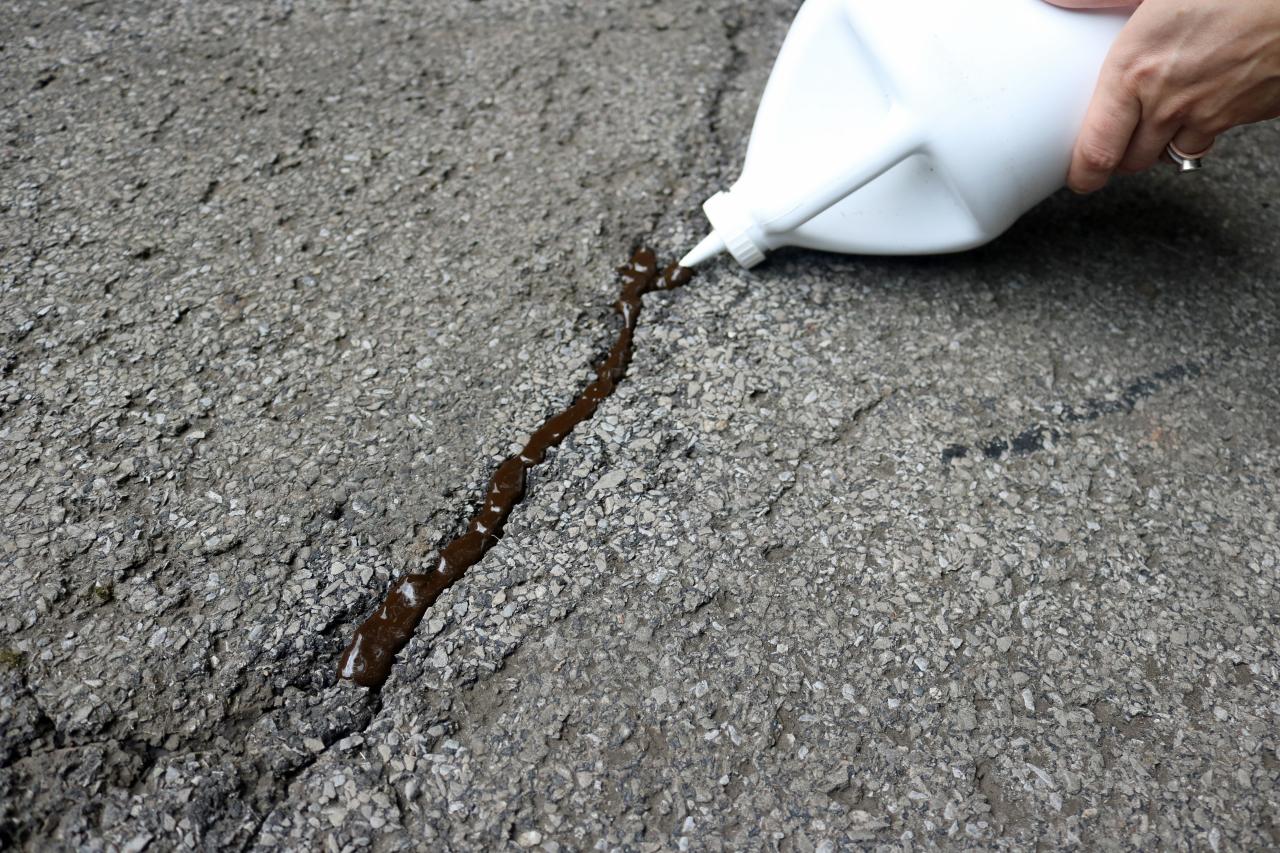How To Fills Cracks In Your Concrete Steps In Imperial Beach?

- Before you begin, assess the type and size of the crack. Hairline cracks may only need a simple sealing solution, while larger cracks may require more substantial filling and possibly reinforcement. Identifying the type will help you choose the right products and methods.
- A clean surface will ensure proper adhesion of the filler. Use a wire brush or pressure washer to remove loose debris, dirt, and dust from the crack. Let the area dry completely before proceeding.
- For smaller cracks, a simple concrete caulk or sealant will suffice. For larger cracks, consider using a concrete patch mix, which may contain additional fibers or other reinforcement materials. Ensure that the product is suitable for outdoor use and follow the manufacturer’s instructions.
- After choosing the right filler, apply it carefully into the crack using a putty knife or trowel. Press the filler into the crack to remove any air bubbles and ensure complete coverage. If the crack is deep, you may need to apply the filler in layers, allowing each to dry according to the instructions.
- Once the filler has dried, smooth the surface with a trowel or sandpaper to match the surrounding concrete. Consider applying a concrete sealer to protect both the area you’ve repaired and the surrounding concrete. Sealing will provide additional protection against future cracks and weather damage.
FAQs
Can I Repair Large Cracks Myself Or Do I Need A Professional?
Large cracks, especially those that may indicate structural problems, are best handled by professionals. Smaller cracks can often be repaired using DIY methods, as outlined above.
How Do I Prevent Cracks From Occurring In The First Place?
Regular maintenance, including sealing and proper drainage, can help prevent cracks. Avoiding heavy loads and using appropriate concrete mixes for the specific conditions can also reduce the risk.
What If The Crack Reappears After I’ve Filled It?
If a crack reappears, it may be a sign of ongoing movement or other underlying issues. It may be wise to consult with a professional to assess the situation.
Conclusion
Filling cracks in concrete steps is an essential part of maintaining the beauty and integrity of your outdoor areas. By following these five tips, you can effectively handle minor cracks on your own. Remember to always assess the severity and type of crack, choose the right filling material, clean and prepare the area, apply the filler carefully, and finish with a proper seal. Larger or recurring cracks may indicate more significant issues and may require professional attention. Regular monitoring and maintenance of your concrete steps can keep them in top condition for many years to come. For more information, contact Concrete Contractor Imperial Beach at (619) 414-1918.